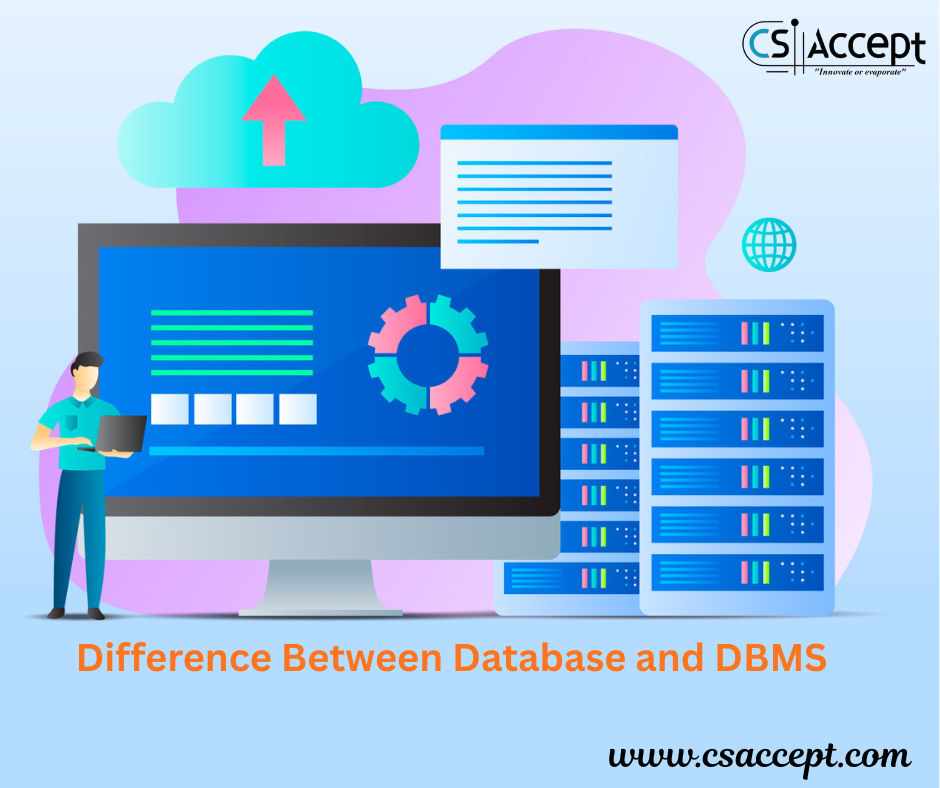
What is Synchronous?
In computing, Synchronous refers to a method of executing tasks or operations sequentially, where each task waits for the previous one to finish before starting. In other words, the tasks are performed one after another in a blocking manner.
When a function or process is synchronous, it blocks the execution of further code until it completes. This is simple to understand and debug but can lead to inefficiencies, especially when dealing with slow operations like file reading or network requests.
Key Characteristics of Synchronous Execution:
| Feature | Description |
|---|---|
| Order | Executes tasks one at a time in sequence |
| Blocking | Each task waits for the previous to finish |
| Simple flow | Easy to understand and debug |
| Slower performance | Time-consuming operations block others |
| No callbacks or promises | Doesn’t require handling for deferred results |
Real-World Analogy:
Imagine you’re at a bank counter and there’s only one cashier. Each person stands in line and waits for the previous customer’s transaction to finish before they can be served.
Synchronous Flow Example in Daily Life:
🍽️ Cooking a meal synchronously:
- Boil water
- Wait for it to finish
- Cook rice
- Wait for it to finish
- Fry vegetables
- Wait for it to finish
Only after finishing one step do you move to the next. Each step blocks the next one.
Example in Programming (Synchronous JavaScript)
function task1() {
console.log("Task 1: Start");
// Simulate some process
for (let i = 0; i < 1000000000; i++) {}
console.log("Task 1: End");
}
function task2() {
console.log("Task 2: Start and End");
}
task1();
task2();Output:
Task 1: Start
Task 1: End
Task 2: Start and EndExplanation:
task2()waits fortask1()to complete before it starts.- Even though
task2()is simple, it cannot run untiltask1()finishes. - This is synchronous execution — step-by-step, blocking.
Synchronous in Other Languages
Python Example:
import time
def task1():
print("Task 1 starting...")
time.sleep(2)
print("Task 1 finished.")
def task2():
print("Task 2 starting and finishing.")
task1()
task2()Output:
Task 1 starting...
(wait 2 seconds)
Task 1 finished.
Task 2 starting and finishing.Again, task2() has to wait until task1() is completely finished.
When is Synchronous Useful?
| Use Case | Why it’s useful |
|---|---|
| Simple scripts or batch jobs | Easy to manage step-by-step logic |
| File reading/writing | Ensures order and consistency |
| Small applications | No need for complex async logic |
| Debugging and learning | Easier to follow the flow |
Disadvantages of Synchronous Execution:
- Slower Performance: Long operations block everything else.
- Inefficiency: Wastes time waiting for tasks like disk or network I/O.
- Bad for User Experience: In GUI apps, synchronous actions can freeze the UI.
Comparison: Synchronous vs Asynchronous
| Feature | Synchronous | Asynchronous |
|---|---|---|
| Execution Order | One after another (blocking) | Can run concurrently (non-blocking) |
| Speed | Slower | Faster (non-blocking I/O) |
| Code Simplicity | Simple and linear | More complex (callbacks/promises) |
| Example | Traditional function calls | AJAX, fetch(), threading |
Visual Comparison:
Synchronous Flow:
Task 1 ----------->
Task 2 ----------->
Task 3 ----------->Asynchronous Flow:
Task 1 -------> (starts)
Task 2 -------> (starts before Task 1 finishes)
Task 3 -------> (starts before others finish)Summary
| Aspect | Details |
|---|---|
| Meaning | Tasks run one after the other |
| Type | Blocking |
| Easy to use? | Yes, especially for beginners |
| Suitable for | Small programs, sequential operations |
| Not good for | Network apps, real-time systems |
Conclusion:
Synchronous programming is simple, clear, and easy to follow, but it’s not always the most efficient for tasks that involve waiting, such as API calls, file access, or databases. In such cases, asynchronous programming is often a better choice.
Still, for many scenarios, especially in scripting, automation, and basic programming, synchronous execution is perfectly suitable and recommended for simplicity and readability.







